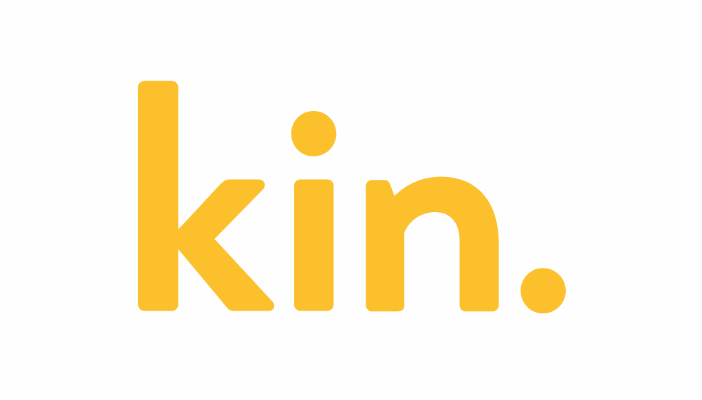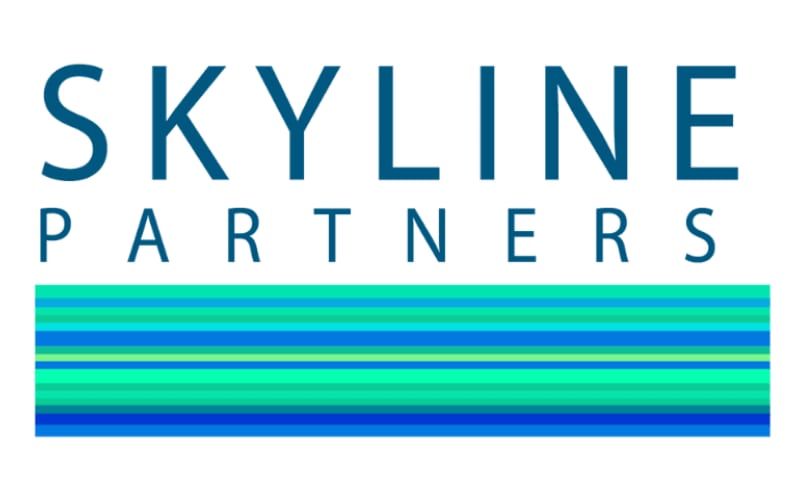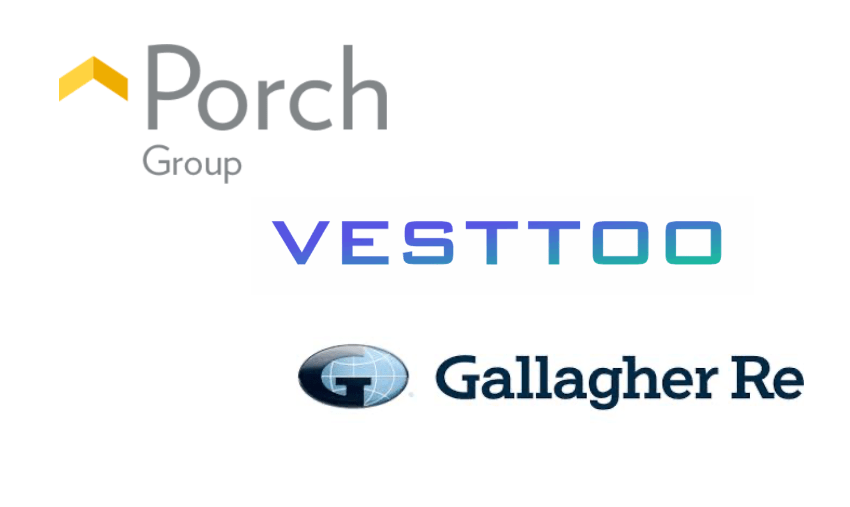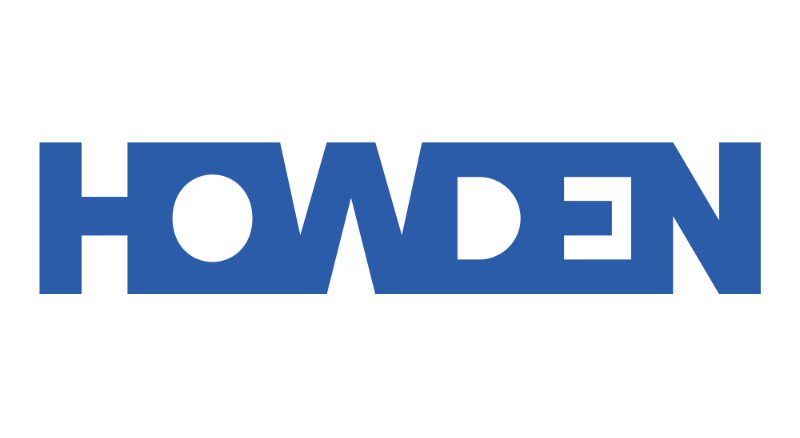
This content is copyright to www.artemis.bm and should not appear anywhere else, or an infringement has occurred.
Artemis has learned from sources that the vast majority of principal from insurtech Kin’s $175 million Hestia Re Ltd. (Series 2022-1) catastrophe bond is expected to be returned to investors at the upcoming risk period end, while just $5 million will be retained with an extended maturity date to cover any potential loss development.
 The Hestia Re 2022-1 catastrophe bond had been exposed to possible losses due to the impacts of hurricane Ian, the largely Florida storm from later in that year of issuance.
The Hestia Re 2022-1 catastrophe bond had been exposed to possible losses due to the impacts of hurricane Ian, the largely Florida storm from later in that year of issuance.
Initially after hurricane Ian’s landfall, given the Florida wind focus of this insurance-linked securities (ILS) transaction and the reinsurance protection it provided to sponsor Kin, the $175 million of Hestia Re 2022-1 cat bond notes had been marked down to bids of less than 10 cents on the dollar on some secondary cat bond sheets.
There was, however, a relatively wide-dispersion in the views taken by secondary cat bond trading desks.
In an update we reported that, after hurricane Ian, some pricing sheets had the Hestia Re 2022-1 notes marked for bids as low as 5 cents on the dollar, others still had them marked only 20% down, while one still held them at a mark of 92.
As we also explained at the time, in October 2022, Kin’s reinsurance from the Florida Hurricane Catastrophe Fund inured to the benefit of these Hestia Re 2022-2 cat bond notes, which effectively lifted their attachment point, on a gross loss basis.
As a result, it was challenging for secondary market broker desks and for us to really understand just how exposed the notes were at that time, which likely drove the wide-dispersion in marks in cat bond pricing sheets at that time.
In early 2023, Kin revealed that it ceded around 97% of its gross losses from hurricanes Ian and Nicole in 2022 to its reinsurance capital partners.
At that time, the Hestia Re 2022-1 cat bond notes were marked down still on pricing sheets, for bids of between 70 and 80.
The pricing of the notes continued to recover over-time, resulting in them being marked down for bids in the low to mid-90’s as recently as the first-quarter of 2025.
However, with the scheduled maturity for these notes due later this month, we’ve now learned that out of the original $175 million of principal from the Hestia Re 2022-1 cat bond notes, the majority is now set to be returned to investors holding them.
We’re making the assumption that hurricane Ian has been the only catastrophe event in the risk period for these notes that was seen as a threat for possible attachment of the cat bonds’ coverage. As Kin’s losses from the 2024 storms Milton and Helene were seen to have far lower impacts on the company.
We’re told by sources that $170 million, so some 97% of the outstanding principal, is now expected to be returned to investors, with just the remaining $5 million now set to face an extension of maturity.
Given the notes are marked below 95 across the majority of pricing sheets we’ve seen, it suggests a return of capital greater than the price suggests, which investors will welcome.
For Kin, this likely means the insurer now has much greater clarity of its potential ultimate loss from hurricane Ian (again, presuming that is the event of relevance), giving it the confidence to return the capital and only extend maturity for a 3% sliver of the outstanding notes.
That extension of $5 million will allow Kin some room to make a recovery still, should its losses creep any higher and attach the Hestia Re 2022-1 catastrophe bond notes.
We understand the remaining $5 million of notes will have their maturity date extended for four years, up to April 2029 and the $170 million is expected to be returned to investors after the final risk period ends later this month.
It seems reasonable to assume Kin will have clarity to make a recovery, or return some more of the principal, in advance of that long extension date.
You can read all about the Hestia Re Ltd. (Series 2022-1) catastrophe bond from Kin and every other cat bond deal issued in our extensive Artemis Deal Directory.
Kin’s Hestia Re 2022-1 cat bond to repay $170m majority of principal back to investors was published by: www.Artemis.bm
Our catastrophe bond deal directory
Sign up for our free weekly email newsletter here.








